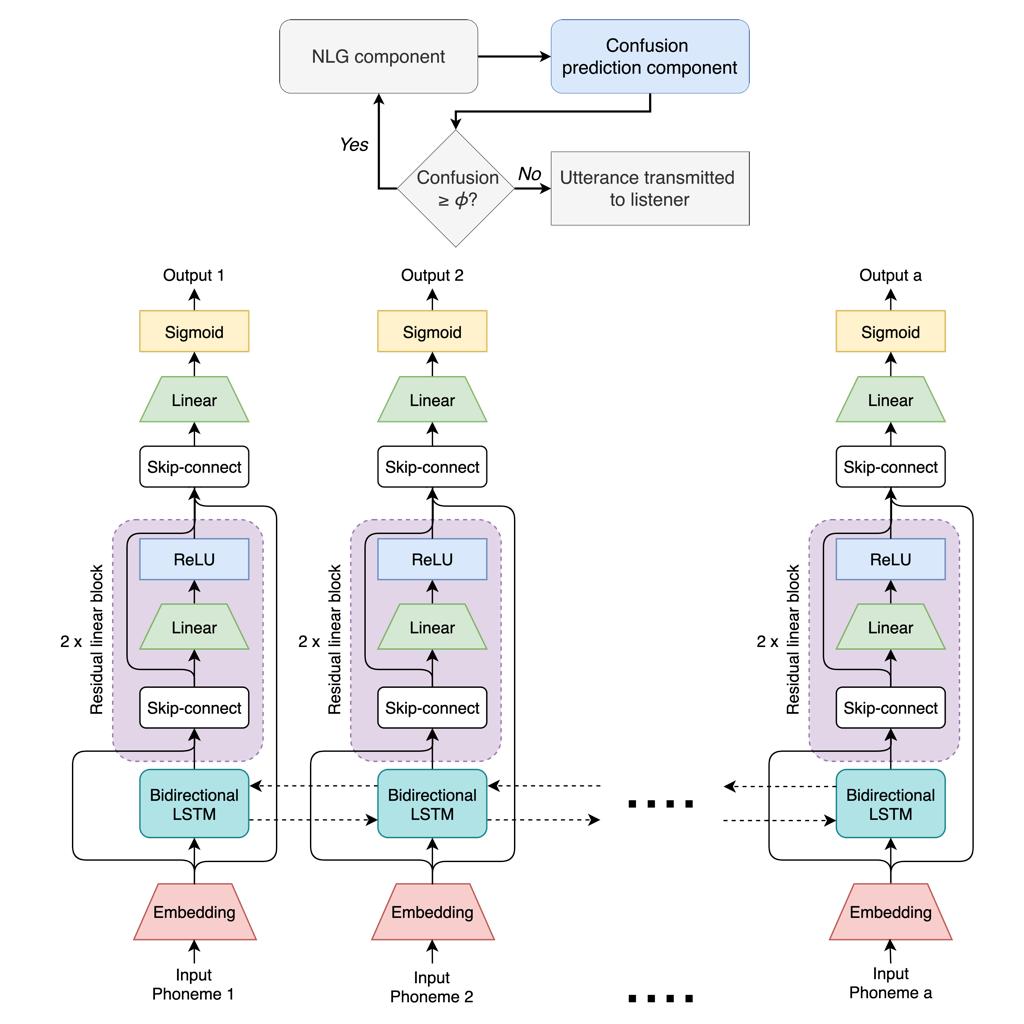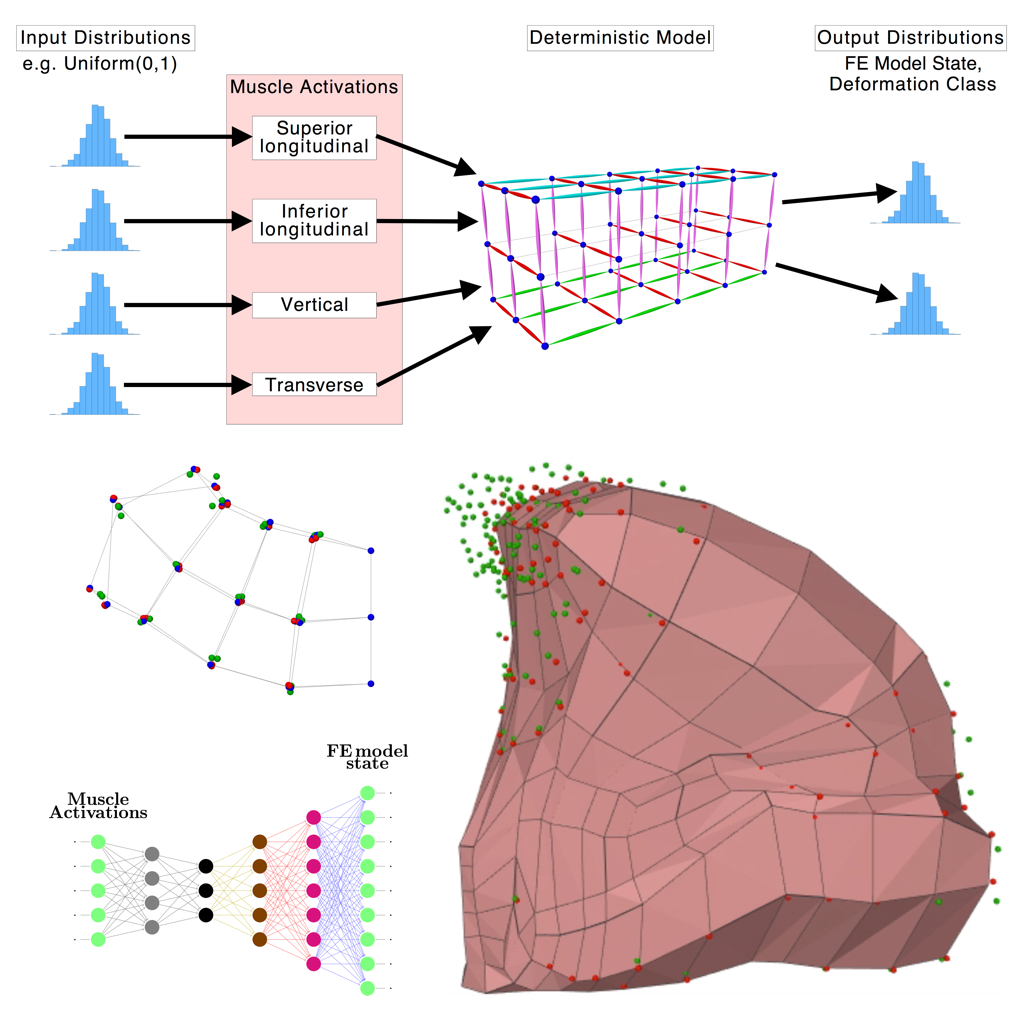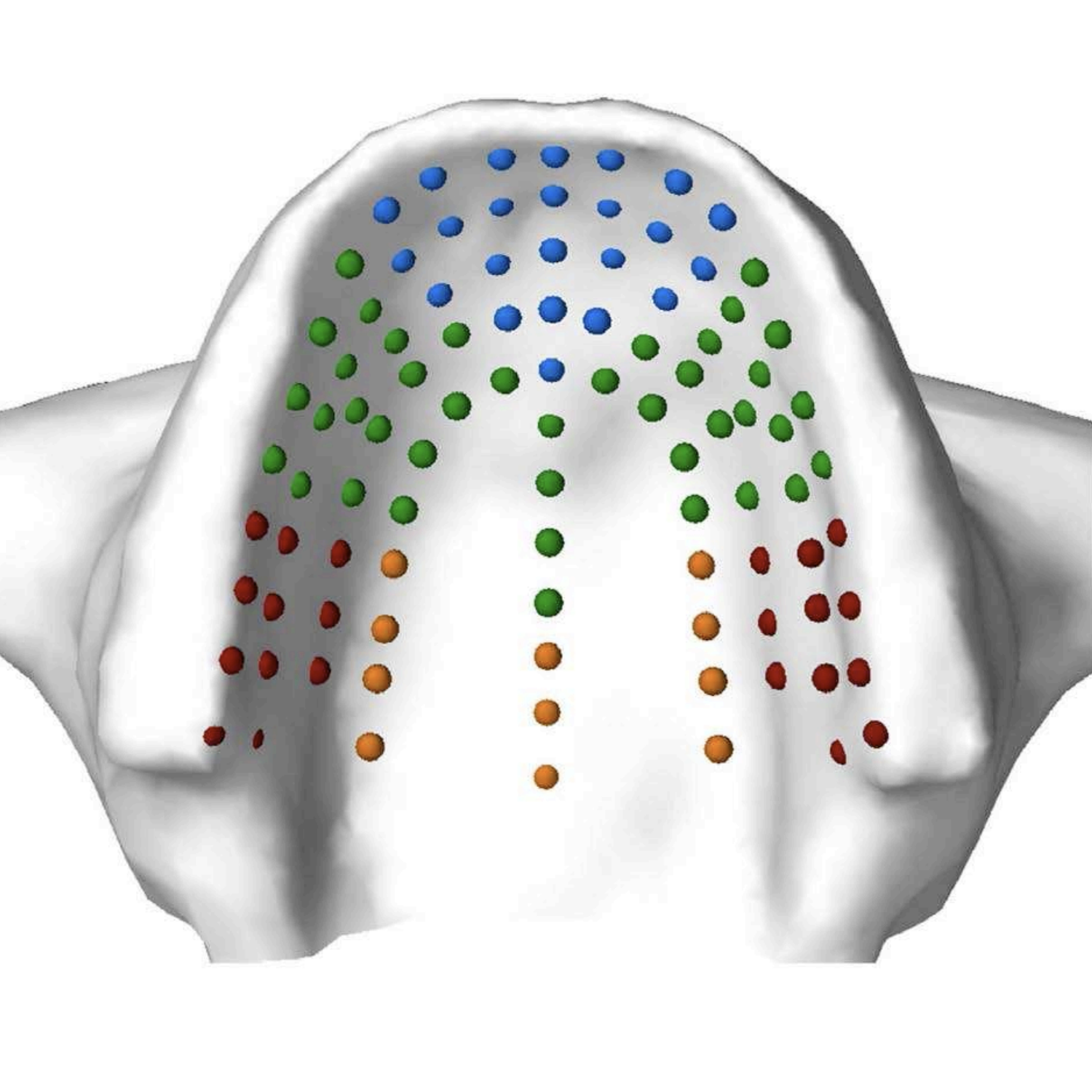Selected Research and Projects
Predicting Cardiovascular Readmission Risk from Doctor-Patient Conversation
In this project, we seek to predict outcomes of clinical interest, such as 30-day readmission risk or death, from transcripts of recorded doctor-patient interviews and associated structured electronic medical record data using state-of-the-art large language models.
The key goals of the project are to:
- Build AI-based prediction models for each outcome of interest.
- Validate the accuracy and effectiveness of the built models, and compare them against more traditional methods.
- Present a framework for the implementation and deployment of the models in a clinical setting as a means of providing clinical decision support.
ACCORD: Closing the Commonsense Measurability Gap
Received Outstanding Paper Award at NAACL 2025.
ACCORD is a scalable framework and benchmark suite for disentangling the commonsense grounding and reasoning abilities of large language models (LLMs) through controlled, multi-hop counterfactuals.
Uniquely, ACCORD can automatically generate benchmarks of arbitrary reasoning complexity, and so it scales with LLM capabilities.
State-of-the-art LLMs — GPT-4o, Mixtral-8x22B, Llama-3-70B — perform no better than random chance on ACCORD after only moderate scaling, indicating a need for substantial improvement in LLMs’ commonsense reasoning ability.
coma: Configurable command management for humans
coma is a Python library for rapidly building configurable command-based programs.
Configurations leverage omegaconf’s extremely rich and powerful configuration management features. Command selection abstracts away the argparse boilerplate, while hooks enable plug-and-play flexibility.
I developed coma to rapidly prototype and iterate my deep learning research projects. I use coma commands to split my workflow into discrete steps. This separation of concerns enables me to focus of producing impactful research, instead of getting bogged down in the minutiae of implementation details.
Towards Detection and Remediation of Phonemic Confusion
Reducing communication breakdown (where two speakers are confused about what the other is saying) is critical to success in interactive NLP applications, such as chatbots. To this end, we proposed a confusion-mitigation framework to detect and avoid communication breakdown.
As a first step towards implementing this framework, we focus on detecting phonemic sources of confusion. As a proof-of-concept, we evaluate two neural architectures in predicting the probability that a listener will misunderstand phonemes in an utterance.
We show that both neural models outperform a weighted n-gram baseline, showing early promise for the broader framework.
Towards finite element simulation using deep learning
Finite-element modeling (FEM) is commonly used to simulate soft-tissue biomechanics, but is too computationally burdensome for use in real-time applications.
We found that deep learning models consistently produced lower reconstruction error than equivalently-sized traditional dimensionality reduction models, while simultaneously running in real time.
These results are a preliminary step towards simulating complete biomechanical soft-tissue models in real time with high fidelity.
Speaking Tongues Are Actively Braced
Previous studies of the human vocal tract have tended to describe bracing of the tongue against the teeth or palate only in terms of incidental contact (rather than mechanical support), and only in limited phonetic contexts. As such, bracing is seen as an occasional state, peculiar to specific sounds or sound combinations.
Using a more holistic context, we demonstrate that tongue bracing is both pervasive and effortful in continuous English speech passages using Electropalatography (EPG) and 3D biomechanical simulations.
Our biomechanical simulations show that lateral bracing is an active posture requiring dedicated muscle activation. Hence, our use of the term “bracing” (rather than merely “contact”).






